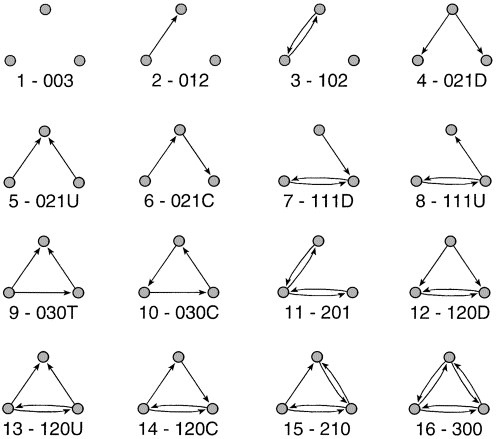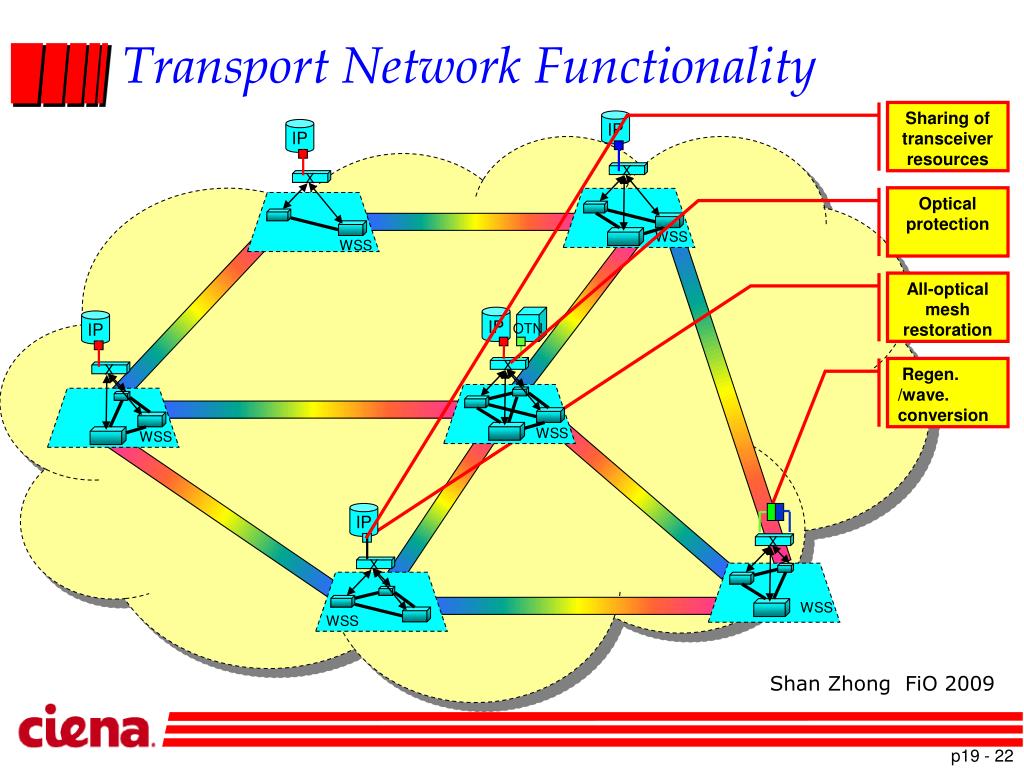
Pivoting on structural similarities between networks and communities, the IMF embeds SNA constructs in structural components of the CoP and CoI frameworks. Typically, research using these frameworks has required extensive qualitative analysis making it tedious and time-consuming. The communities of practice (CoP) and community of inquiry (CoI) are well-established, empirically tested frameworks that have been effectively used for exploration of community-based learning in professional and educational contexts. Decades of research speaks for the value of community-based learning albeit in traditional, blended, or online environments. Eigenvector centrality (which google uses for page rank) is a similar measure.This paper presents the Integrated Methodological Framework (IMF) which uses social network analysis (SNA) to structurally identify communities in higher education online learning (HEOL).In broad strokes, its’ a weighted degree measure, with more weight given to connections to more central nodes.Power: It’s not just how many connections, but who you’re connected to.Requires the network to be connected (there is some path between every possible pair of nodes).The number of shortest paths or geodesics the actor sits on.Betweenness: Bridging gaps is what matters.The inverse of distance from that node to every other node in the network.

Measures the extent to which a node is close to all other actors.

Closeness: Being close (or really not being far away) matters.out-degree is the number of outgoing ties.in-degree is the number of incoming ties.The number of ties/connections the actor or ego has to others.The four that seem to be most common are: degree, closeness, Betweenness, and Power.


There are several ways to measure centrality, and each takes a slightly different definition of centrality or imporance. Centrality is linked up with ideas of prominence, status, social capital (in social networks), or importance more generally in other networks (e.g., a critical symptom for intervention in a symptom network). One of the most common and obvious things to measure in a network is centrality. # Function for matching words that are close by # Essentially offsets the "word" column by X# in each direction # next = the word after, prior = the word beforeĭataframe $wordOrder - distance, NA)), "word"]ĭataframe % melt( id.vars = c( "word", "wordOrder"),


 0 kommentar(er)
0 kommentar(er)
